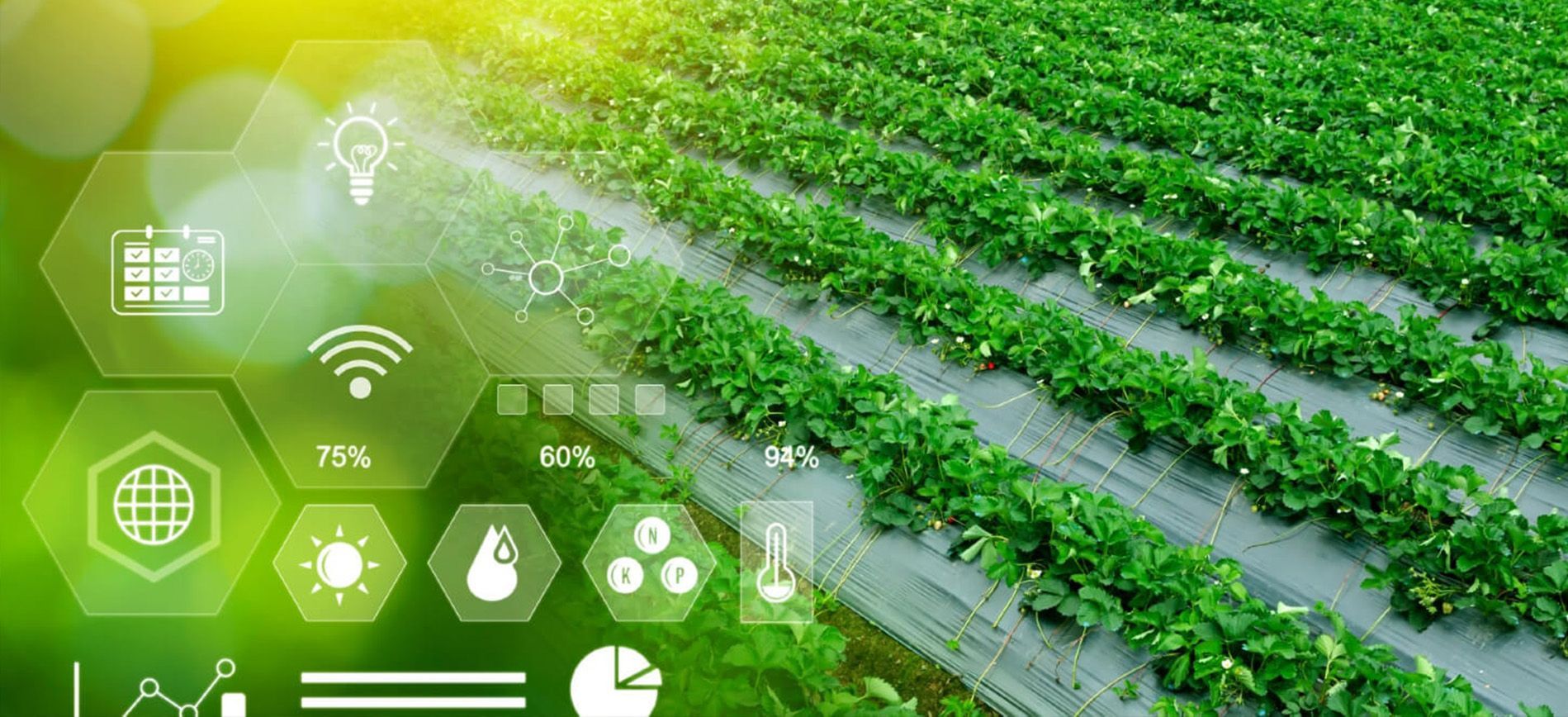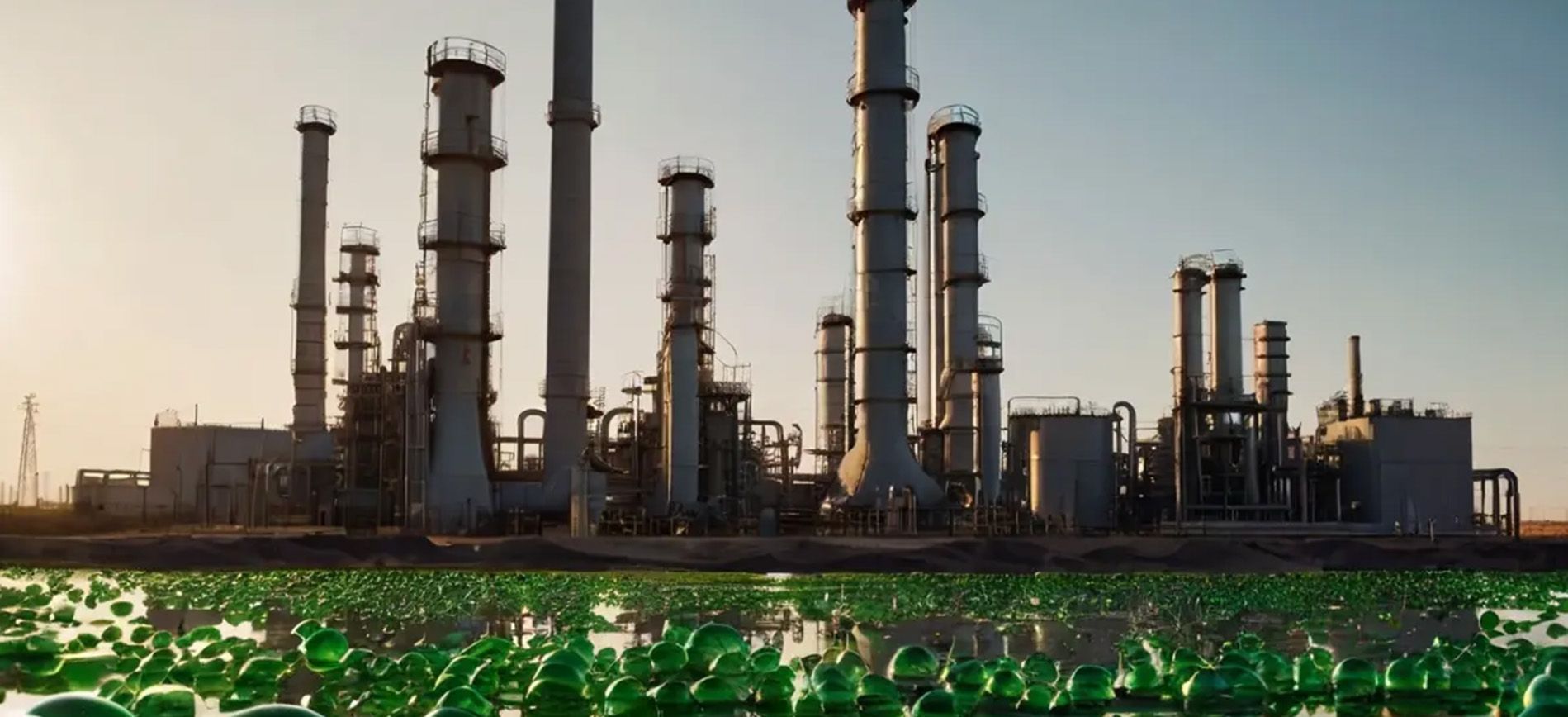Drip Irrigation: A Solution for Water-Efficient Agriculture in Africa and India
Drip Irrigation:
A Solution for Water-Efficient Agriculture in Africa and India

In water-scarce regions, efficient irrigation methods are essential for sustainable agriculture and food security. Drip irrigation, which delivers water directly to plant roots, has proven highly effective in optimizing water use, improving crop yields, and reducing environmental impact. For farmers in Africa and India, drip irrigation is a viable solution for maintaining productivity in arid and semi-arid areas. This blog explores the benefits of drip irrigation, best practices for implementation, and the impact on agriculture in water-stressed regions.
1. Why Drip Irrigation is Essential in Water-Sensitive Agriculture:
Drip irrigation involves applying water directly to the soil at the base of plants, minimizing evaporation and runoff. By delivering water slowly and precisely, drip irrigation systems ensure that plants receive adequate moisture without waste.
- Water Conservation and Efficiency: Compared to traditional flood irrigation, drip systems use 30-50% less water, which is vital in regions with limited water resources. By conserving water, drip irrigation enables farmers to grow crops even in drought-prone areas.
- Enhanced Crop Yields and Quality: Drip irrigation promotes consistent soil moisture, which reduces plant stress, improves nutrient uptake, and supports healthy growth. With better water management, farmers achieve higher yields and superior crop quality.
- Environmental Sustainability: Drip irrigation minimizes soil erosion, nutrient leaching, and waterlogging, which helps preserve soil health and protect nearby ecosystems. This sustainable approach is beneficial for conserving biodiversity and maintaining agricultural lands.
2. Key Components and Types of Drip Irrigation Systems:
Drip irrigation systems vary in design and complexity, depending on the crops, climate, and budget. Farmers can select a system that meets their specific needs to maximize efficiency.
- Surface Drip Irrigation: This method involves placing drip lines on the soil surface, making it suitable for short-term crops like vegetables and field crops. Surface systems are relatively easy to install and maintain, making them popular among smallholder farmers.
- Subsurface Drip Irrigation: Subsurface systems deliver water below the soil surface, which reduces evaporation and is ideal for deep-rooted crops like orchards. These systems are more complex but offer greater water conservation and are beneficial for perennial crops.
- Gravity-Driven Drip Irrigation: Gravity-fed systems use gravity to move water through drip lines, reducing the need for pumps. This low-cost option is ideal for smallholder farmers in remote areas without access to electricity or high-tech infrastructure.
- Solar-Powered Drip Systems: Solar-powered pumps can be used with drip systems to irrigate fields sustainably, especially in sunny regions. Solar drip irrigation is an eco-friendly option for regions with limited electricity and abundant sunlight, like parts of India and Africa.
3. Challenges in Implementing Drip Irrigation in Africa and India:
Despite its benefits, drip irrigation faces adoption barriers such as high upfront costs, technical complexity, and limited awareness. Addressing these challenges is essential to promoting drip irrigation among smallholder farmers.
- High Initial Investment Costs: Installing a drip irrigation system requires a significant initial investment, which may deter smallholders with limited resources. Subsidies, low-interest loans, and government grants can help make drip systems affordable.
- Technical Knowledge Requirements: Drip systems require proper setup, maintenance, and operation to work effectively. Training programs and field demonstrations can help farmers understand how to use drip irrigation effectively and ensure its longevity.
- Maintenance and Durability Issues: Drip systems, particularly low-cost versions, can be prone to clogging, leaks, and wear. Access to quality materials and training on system maintenance can improve durability and reduce repair costs.
4. Strategies for Promoting Drip Irrigation in Emerging Markets:
To encourage the adoption of drip irrigation, a combination of financial assistance, community support, and educational initiatives is essential. These strategies can help farmers access and benefit from drip systems.
- Government and NGO Support Programs: Subsidies, grants, and cost-sharing programs by governments and NGOs can make drip irrigation more affordable for smallholder farmers. Initiatives like India’s Pradhan Mantri Krishi Sinchai Yojana (PMKSY) have successfully promoted drip irrigation by providing financial support.
- Public-Private Partnerships for Local Production: Partnering with local manufacturers to produce drip irrigation components can reduce costs and improve accessibility. Private companies, in collaboration with agricultural cooperatives, can establish local production facilities to supply affordable equipment.
- Farmer Training and Community Demonstration Plots: Training programs and demonstration plots provide hands-on experience, helping farmers understand the benefits of drip irrigation. By observing successful drip systems in their community, farmers are more likely to adopt the technology.
5. Benefits of Drip Irrigation for Sustainable Agriculture and Rural Development:
Drip irrigation offers numerous benefits for farmers and communities, from enhanced crop yields to environmental conservation. As adoption grows, drip irrigation can contribute to sustainable rural development in Africa and India.
- Increased Agricultural Productivity and Food Security: By enabling efficient water use, drip irrigation supports consistent crop yields, even in drought conditions. This productivity boost enhances food security and provides income stability for farmers.
- Economic Empowerment for Smallholders: Drip irrigation reduces water costs and increases crop profitability, providing economic benefits for smallholders. With higher returns, farmers can reinvest in their operations, improving their financial resilience.
- Climate Resilience and Environmental Conservation: Drip irrigation helps farmers adapt to climate change by using water more efficiently, protecting soil quality, and reducing energy consumption. As a climate-smart practice, drip irrigation contributes to sustainable agriculture and climate resilience.
Conclusion:
Drip irrigation is an essential technology for water-efficient agriculture, offering a sustainable solution for farmers in Africa and India. By addressing the initial costs and knowledge gaps, governments, NGOs, and private stakeholders can promote widespread adoption of drip irrigation. As more farmers adopt this technology, Africa and India will be better equipped to achieve food security, conserve water resources, and support climate-resilient agriculture. Through drip irrigation, these regions can meet the agricultural needs of their growing populations sustainably.




